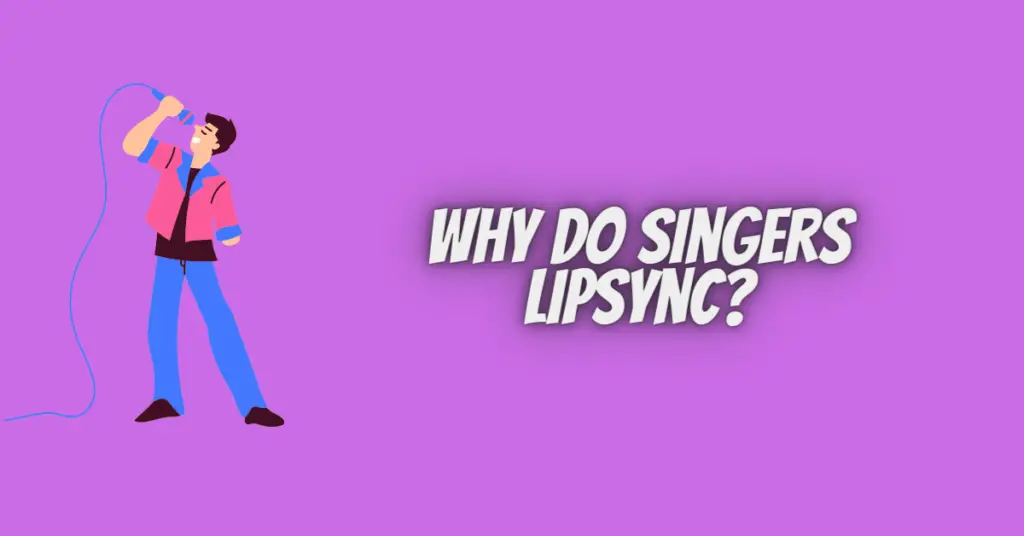Lip-syncing, the act of mouthing the words to a pre-recorded vocal track during a live performance, has been a topic of debate and fascination in the music industry for decades. While live singing is often considered the hallmark of an authentic performance, various circumstances lead singers to opt for lip-syncing. In this article, we will delve into the reasons why singers choose to lip-sync and the complexities surrounding this practice.
1. Choreography and Staging:
In elaborate stage productions, especially in genres like pop and contemporary dance music, intricate choreography and staging are paramount. Singers engage in complex dance routines and visually stunning performances, making it physically demanding to maintain perfect vocal delivery. Lip-syncing allows artists to focus on their movements without compromising the audio quality for the audience.
2. Enhanced Audio Quality:
Certain live events, such as large-scale outdoor concerts and televised awards shows, pose challenges related to acoustics and sound equipment. Lip-syncing ensures that the audience hears a flawless, studio-quality rendition of the song, eliminating issues like sound distortion and inconsistencies that can occur in open-air venues or during live broadcasts.
3. Preservation of Vocal Health:
Touring extensively or performing night after night can strain a singer’s vocal cords. To prevent vocal fatigue or damage, artists occasionally lip-sync some portions of their concerts, allowing their voices to rest and recover. This strategic use of lip-syncing helps maintain the longevity of a singer’s career.
4. Artist’s Image and Expectations:
Fans attending concerts often have high expectations for the performance, wanting to hear their favorite songs exactly as they sound in recordings. Lip-syncing ensures that artists meet these expectations by delivering a polished and pitch-perfect rendition, akin to what listeners hear in studio tracks. Deviations from the original recordings can lead to disappointment among fans.
5. Television and Live Broadcasts:
Live television events, such as awards ceremonies and talk shows, require precise timing and coordination. Lip-syncing is often employed to avoid technical mishaps and ensure a seamless broadcast. In these situations, lip-syncing provides a safety net, preventing embarrassing moments caused by audio issues during live performances.
6. Artistic Expression and Interpretation:
Some artists, particularly in avant-garde or experimental genres, use lip-syncing as a deliberate artistic choice. By dissociating vocal performance from the physical act of singing, they explore themes of identity, representation, and the nature of live art. In these cases, lip-syncing becomes a tool for creative expression rather than a necessity.
Conclusion
The practice of lip-syncing in the music industry is complex and multifaceted. While it may sometimes raise questions about authenticity, it is essential to understand that artists make this choice based on a variety of factors, including performance demands, vocal health, and artistic expression. As technology continues to evolve and audiences’ expectations shift, the debate surrounding lip-syncing in live performances is likely to persist. Ultimately, the decision to lip sync or sing life remains a deeply personal and context-dependent choice for each artist, shaped by their artistic vision, career demands, and the expectations of their audience.

